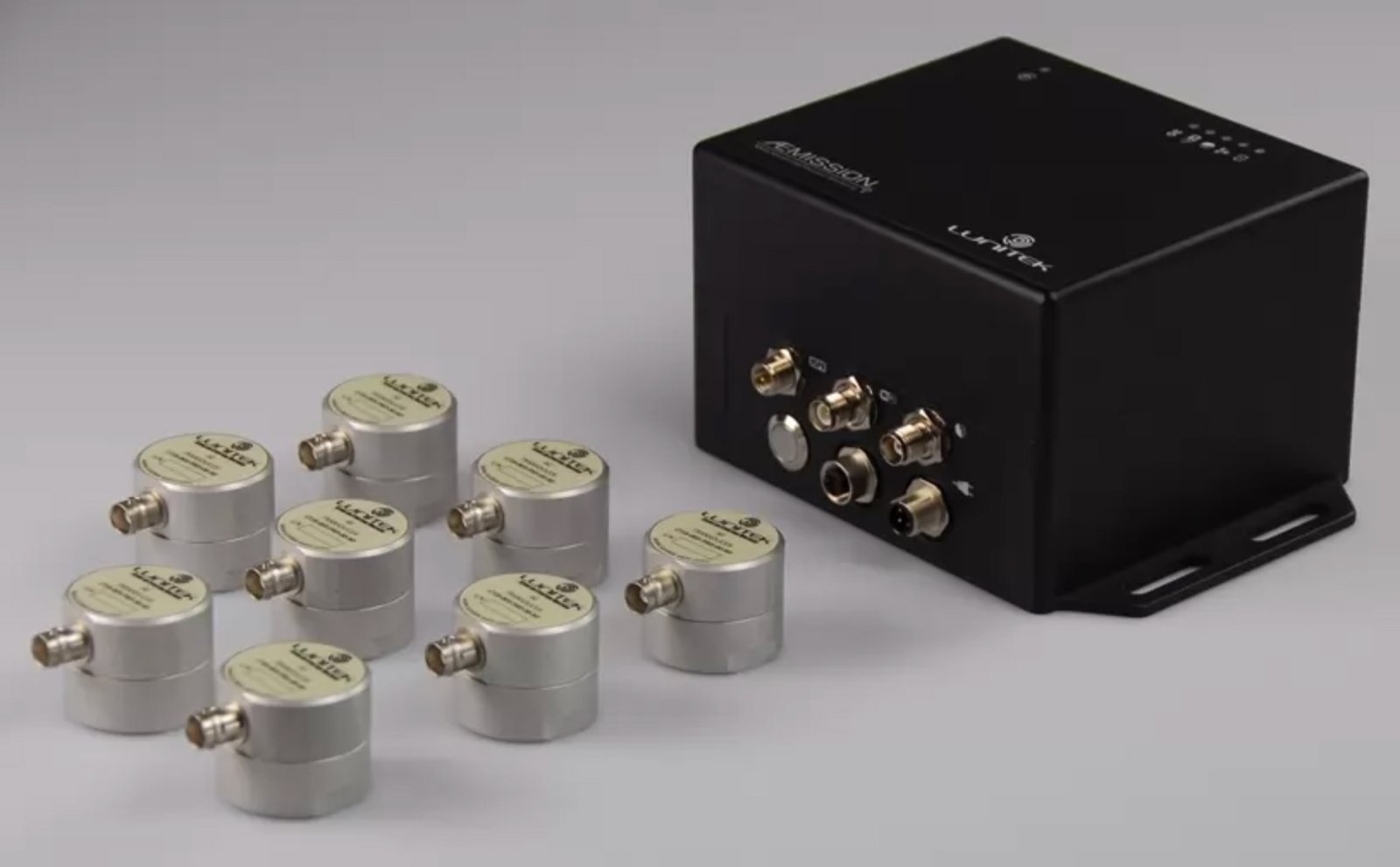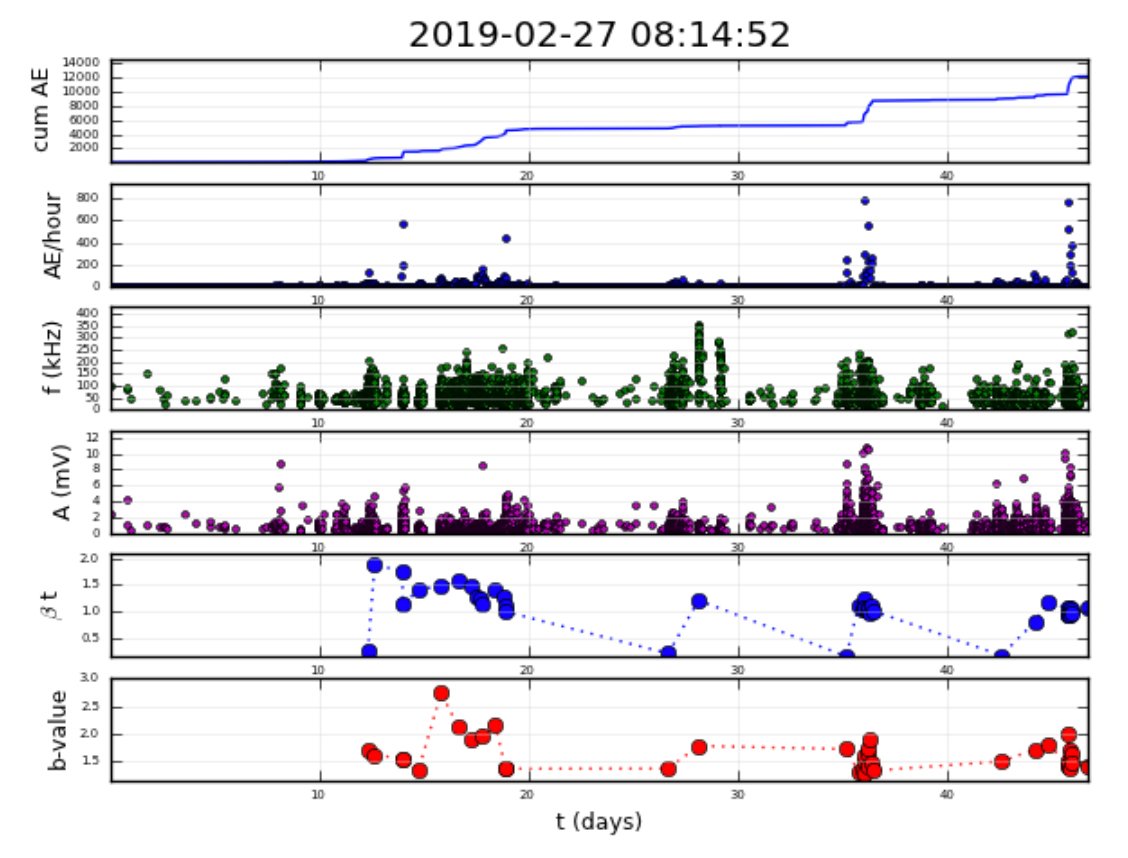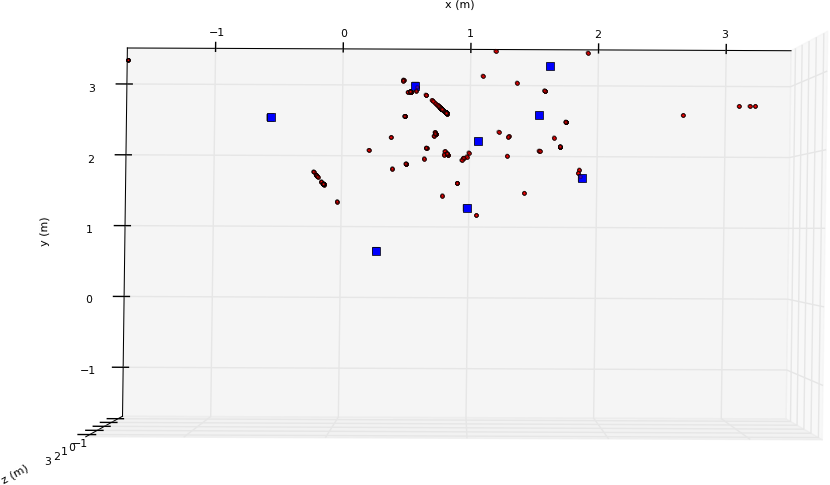


Æmission is a specialized digitizer/recorder, designed for
conducting acoustic emission surveys at high speeds of 1.25MSps@18bit or
5MSps@16bit. Patented algorithms, developed in collaboration with the Polytechnic
University of Turin, are incorporated into the internal FPGA.
With Æmission, the acoustic emission waves can be processed locally, enabling the
extraction of crucial information such as βt, b-value, and cumulative
count.
This cutting-edge technology is currently being used in MONFRON, a large
experimental project funded by Regione Toscana.
Acoustic emission (AE) is a phenomenon where stress waves are generated and
propagated through a material as a result of changes in the material's internal
structure or due to external mechanical loading. These stress waves can be detected
and analyzed to provide information about the condition of the material, such as the
presence of cracks or other types of damage.
AE testing is a non-destructive testing technique that is used to detect and monitor
the development of cracks in various types of structures, including metals,
concrete, and composite materials. When a structure undergoes mechanical loading or
experiences a change in temperature or other environmental factors, it can produce
acoustic emissions that are captured by sensors placed on the surface of the
structure.
The captured signals are then analyzed using specialized software and hardware to
identify the source of the AE and the location of any damage within the structure.
By monitoring AE activity over time, engineers and technicians can detect and track
the growth of cracks, enabling them to assess the structural integrity of the
material and make informed decisions about maintenance, repair, or replacement. AE
testing is a useful tool for ensuring the safety and reliability of structures in a
variety of industries, including aerospace, civil engineering, and manufacturing.
Major application of AE techniques are:

Æmission is supplied with 8 piezoceramic sensors, the sensing elements were selected
and characterized with the help of the Polithecnic University of Turin to suit
civil structure monitoring and to get the most accurate signals.
Sensors are placed around the area that is to be monitored and connected to the
Æmission by 10 meter cables.

Analog signals, coming from the piezoceramic sensors are first electronically
conditioned and level adapted by a cascade of analog filters before they can be
converted into digital.
Eight high speed ADCs (1.25MSps@18bit or 5MSpsp@16bit) continuously convert the
analog signal into digital, synchronized to the same clock source.
Digital signals are then parallelly acquired and processed by the FPGA and,
according to the defined parametrization, only the events that satisfy the setting
parameters are transferred to the Linux CPU.
Inside the Linux CPU events are stored locally and can be shared remotely by WiFi or
3.5G connection.
The integrated GNSS receiver can synchronize more Æmission units; a virtually
limitless number of acoustic sensors can be acquired.

After a reasonable period of monitoring, the plots of the parameters are available
and are useful in understand the nature of the cracking pattern and to give an
analysis to the monitored structure.
The following graph represents an ongoing survey in a marble quarry.

In order are represented:

Blue squares are the AE sensors, red dots reppresent the localization of the sources
of emissions.